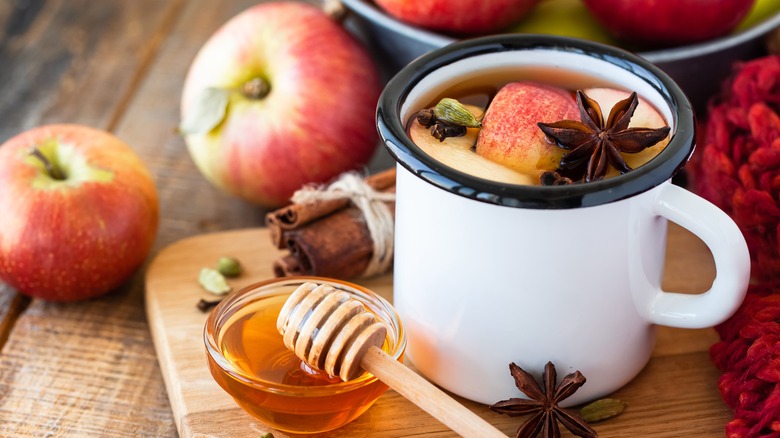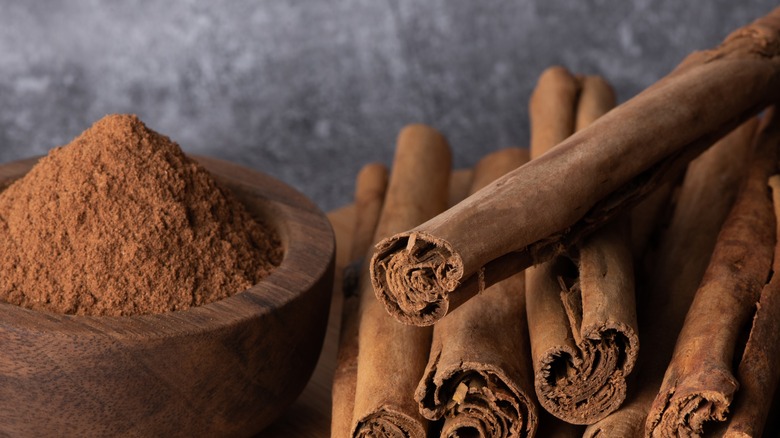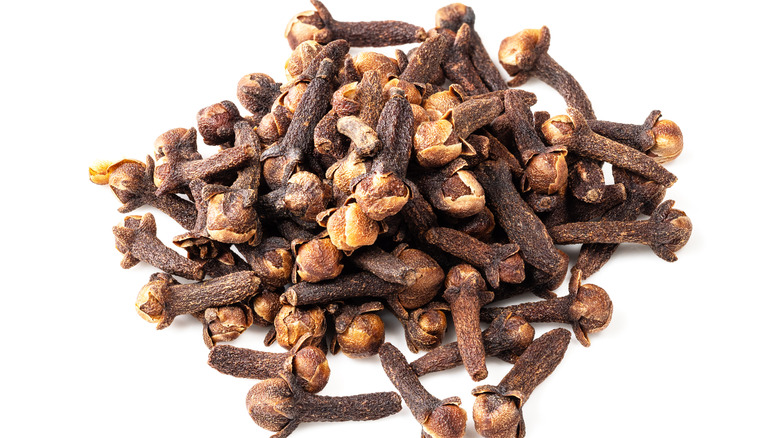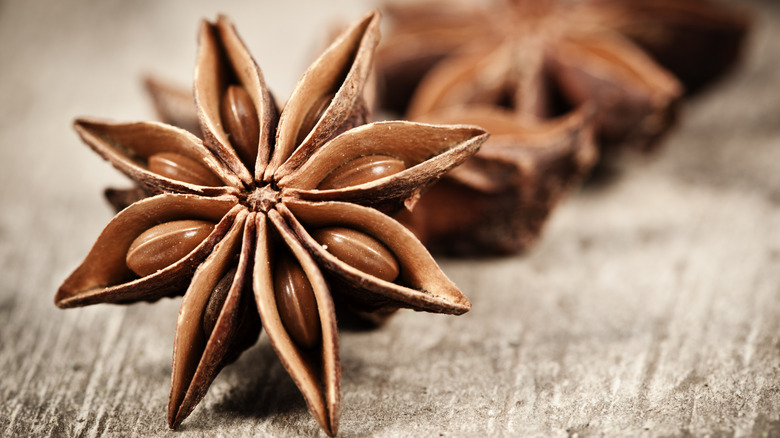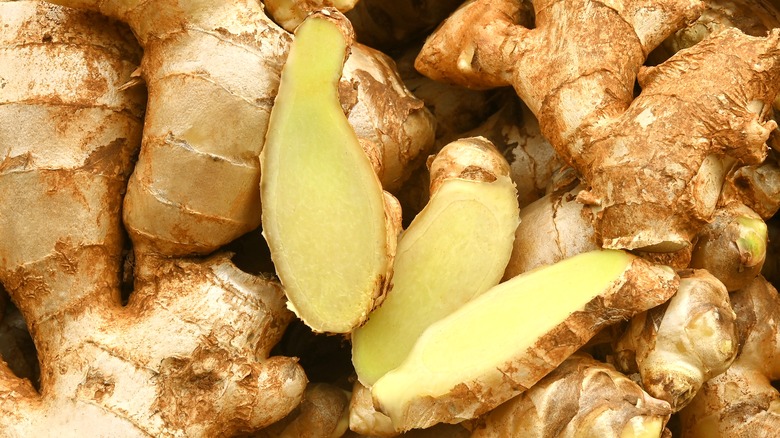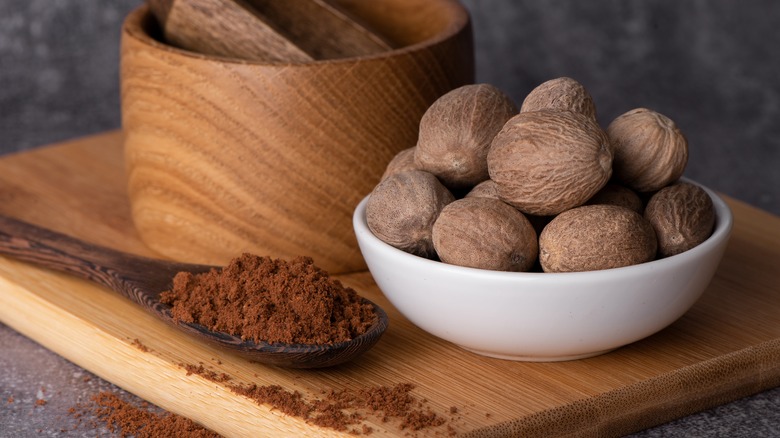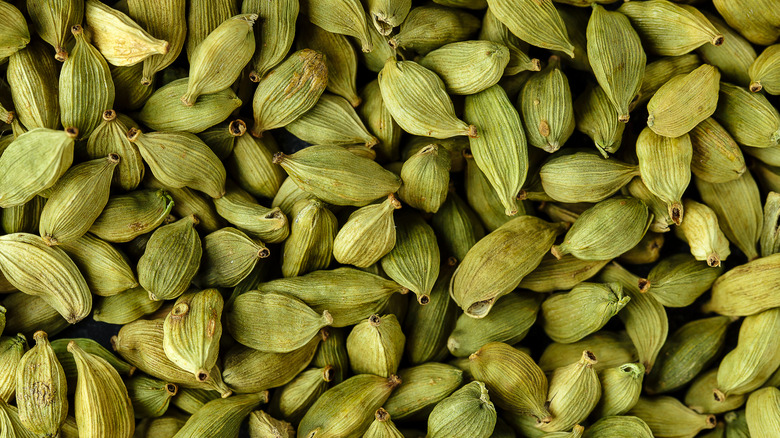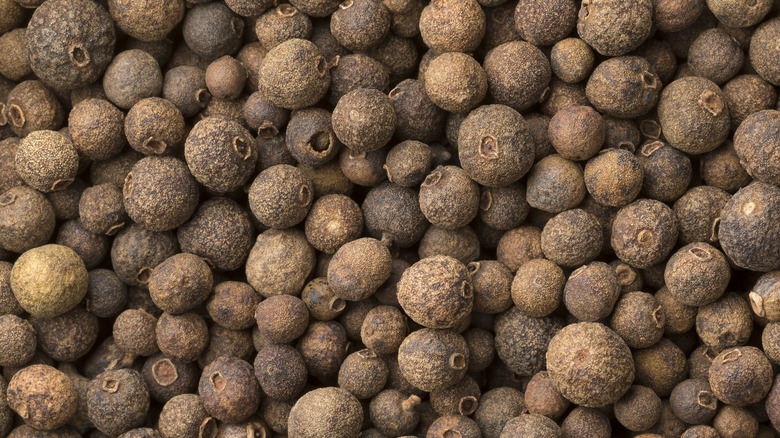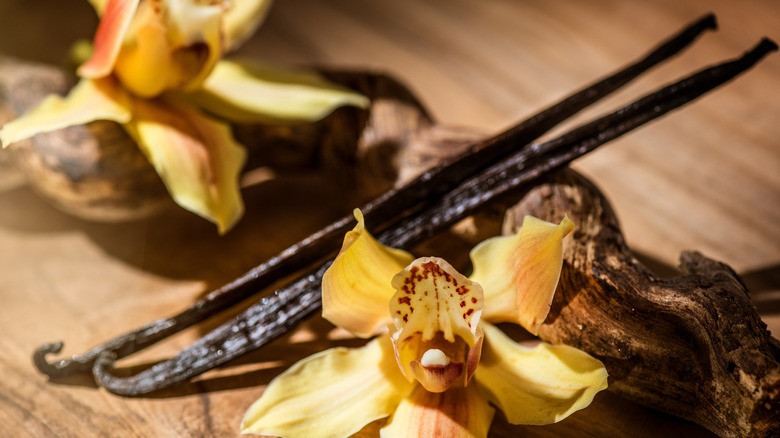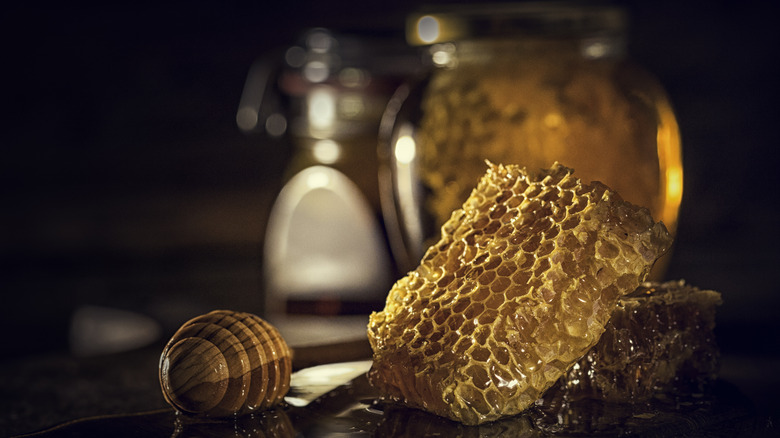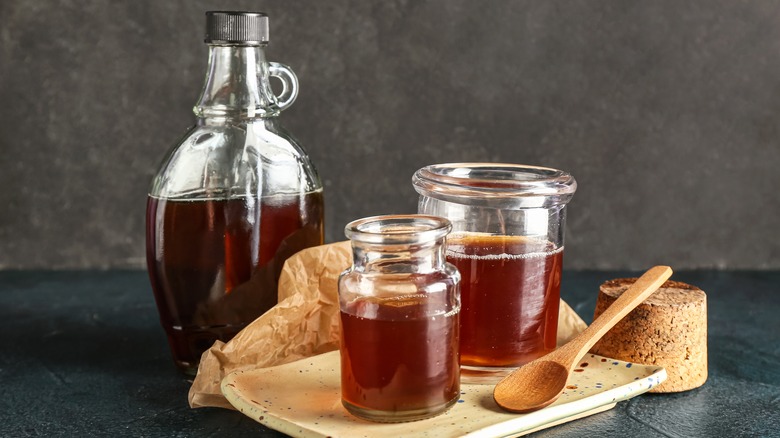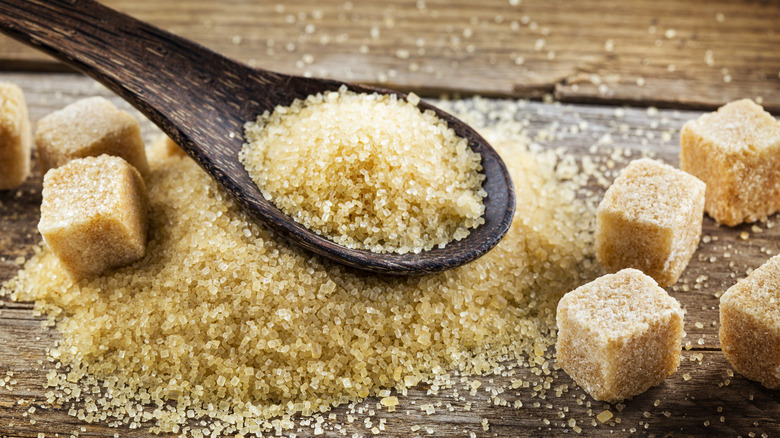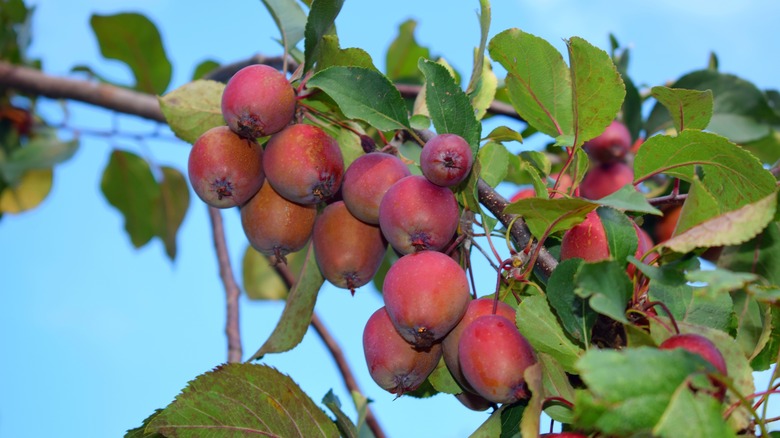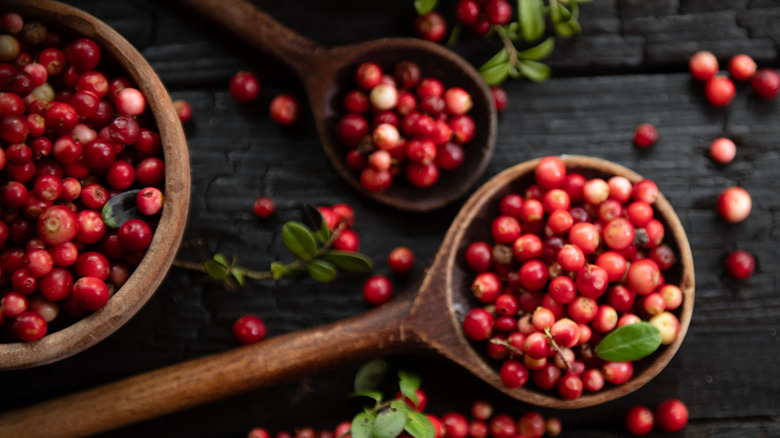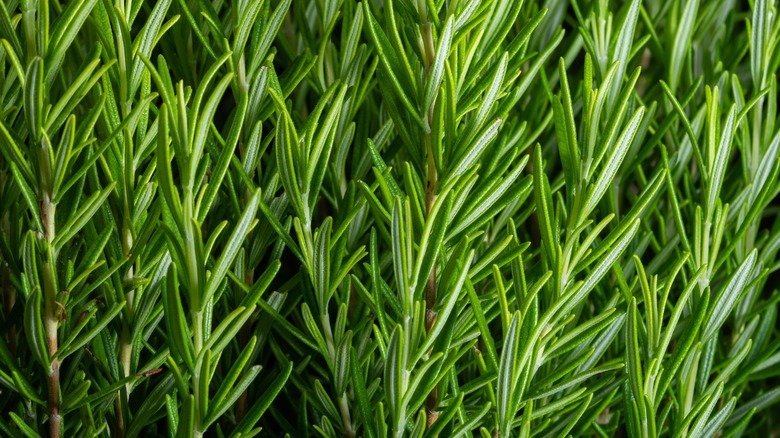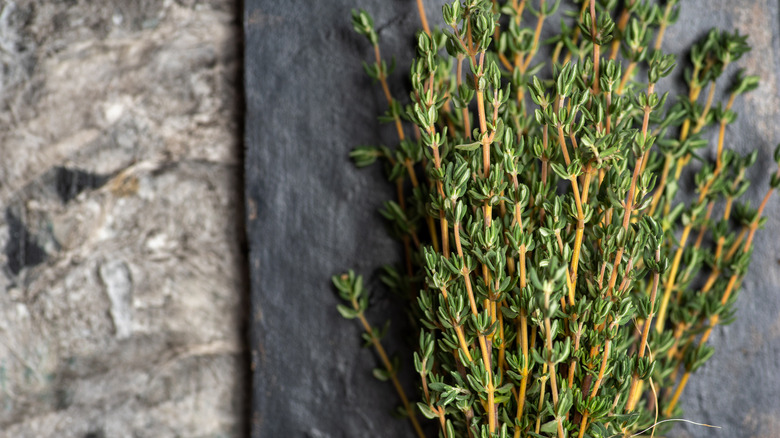17 Best Add-Ins For Homemade Apple Cider
Apple cider, in its essence, is not merely a beverage; it's an expansive canvas for culinary artistry and experimentation, particularly resonant during the autumnal season. The alchemy of transforming a standard cider into an exceptional homemade apple cider hinges fundamentally on the judicious selection and integration of various add-ins.
This comprehensive guide is the fruition of a meticulous amalgamation of personal culinary trials, in-depth research, and expert insights. It draws from an eclectic array of sources, including authoritative culinary blogs, recommendations from celebrated chefs, and discerning consumer reviews. This approach has enabled us to handpick a collection of 17 exemplary add-ins, each chosen for its unique capability to elevate homemade apple cider.
Our selection criteria are anchored in three core tenets: the potential for flavor enhancement, the contribution to aromatic complexity, and the compatibility with the foundational apple cider base. Whether you are a connoisseur of cider or just beginning your culinary journey, this array of add-ins, spanning from time-honored spices to avant-garde infusions, promises to cater to a wide spectrum of palates.
Cinnamon sticks
Cinnamon sticks, the quintessential aromatic spice, serve as the cornerstone of flavor in apple cider, infusing it with their distinctive warm and sweet essence. These slender, woody quills (they are curled in part because of the drying process), when simmered in cider, undergo a gradual process of flavor release, which is key to achieving a rich, multifaceted taste profile. The infusion technique allows the essential oils and complex flavor compounds within the cinnamon to seep into the cider, imparting a deep, resonant spice that is both soothing and stimulating.
The advantage of using whole cinnamon sticks over ground cinnamon lies in their ability to impart a more nuanced and subtle flavor. This distinction ensures that the cinnamon complements, rather than dominates, the cider's apple base. The slow simmering process also facilitates a gradual unfurling of the cinnamon's aromatic qualities, permeating the air with an inviting, seasonally evocative fragrance that enhances the overall sensory experience.
Whole Cloves
Whole cloves, small yet mighty in their culinary impact, are an exemplary addition to apple cider, enhancing it with their robust aroma and distinctive flavor profile. These diminutive, nail-shaped spices are renowned for their intense aromatic properties and a subtle hint of astringency, making them an ideal counterpoint to the inherent sweetness of apple cider. When introduced to cider, whole cloves impart a rich, layered flavor that is simultaneously spicy and faintly bitter.
The cloves gradually release their essential oils as the cider simmers with these potent spices. This process is critical in developing a deep, complex taste that adds not just flavor but also aromatic depth to the cider. The essential oils extracted from cloves during the simmering process contribute to a rich and multi-dimensional taste profile, transforming the cider into a more sophisticated and intriguing beverage.
Given their potent flavor, a conservative quantity is advisable; just a few cloves can effectively infuse a large batch of cider with their distinct character. After the brewing process, cloves can be conveniently removed, ensuring that the cider retains a smooth texture that's pleasant to drink.
Star Anise
Star anise, a spice celebrated not only for its striking star-shaped form but also for its potent licorice-like flavor, introduces an element of the exotic to traditional apple cider. This spice, a staple in Asian culinary traditions, imparts a blend of sweet and subtly spicy notes that harmonize beautifully with the natural tartness of apples. The addition of star anise to apple cider transforms it, infusing the beverage with a rich tapestry of flavors that elevate it from the realm of the familiar to the extraordinary.
The flavor profile of star anise is robust and distinctive, characterized by its anethole content, which imparts a deep, licorice-like taste. This potency is such that incorporating even just one or two of these aesthetically pleasing stars can have a profound impact on the cider's overall flavor. The spice's sweet yet piquant nature complements and enhances the cider's apple base, adding complexity and depth.
This combination results in a multi-layered flavor profile that is both comforting in its familiarity and intriguing in its novelty. The spices work in concert, each bringing its own unique characteristics while contributing to a cohesive and delightful whole. Beyond its taste, star anise also adds a visually appealing element to apple cider. This aesthetic aspect makes the cider not just a culinary delight but also a feast for the eyes.
Orange peel
Orange peel, renowned for its vibrant citrus character, serves as an excellent enhancer in the crafting of mulled dry apple cider. The outer skin of the orange is rich in essential oils, which, when gently simmered in cider, imbue it with a bright, tangy essence. This addition of orange peel introduces a refreshing counterpoint to the innate sweetness of the apples, creating a harmonious balance within the beverage. The zestiness of the orange effectively cuts through the dense richness of traditional cider spices, imparting a lively, zesty brightness that uplifts the entire drink.
When incorporating orange peel into cider, it is crucial to selectively use only the colored part of the peel, avoiding the underlying white pith. The pith tends to impart a bitter flavor, which can detract from the cider's overall taste. Instead, opt for thinly sliced strips or finely grated zest of the orange skin. This technique ensures that the cider is infused with fragrant, flavorful oils without any bitterness.
Lemon peel
Incorporating lemon peel into apple cider introduces a vibrant, citrusy contrast that refreshes the palate and complements the beverage's inherent sweetness. (Lemon peels can also help make a mean bourbon apple cider sour.) The peel, rich in essential oils, brings a zesty and tangy flavor profile that harmonizes wonderfully with the cider's spiced undertones, adding a layer of brightness and freshness.
When integrating lemon peel into cider, it's crucial to meticulously use only the outer yellow layer of the peel, carefully avoiding the white pith beneath, which can impart an undesirable bitter taste. The best method is to use a zester or a peeler to create thin peel strips, ensuring that only the aromatic outer layer is utilized.
As the cider simmers with the lemon peel, the heat gently coaxes phytochemicals with their antimicrobial and antioxidant activity out of the essential oils from the peel, releasing a crisp, citrusy aroma into the cider. This process not only imparts a delightful fragrance but also contributes a subtle yet distinct acidity to the drink. The lemon peel's acidity is particularly effective in enhancing the overall flavor of the cider, offering a refreshing twist that elevates each sip.
Fresh ginger
Incorporating fresh ginger into apple cider (or an apple cider hot toddy) imbues it with an invigorating, spicy twist, creating a beverage that is as dynamic in flavor as it is comforting in warmth. Ginger, with its distinctive sharp and somewhat peppery profile, provides a bold contrast to the natural sweetness of the apples. This root's zesty, pungent essence imparts both depth and warmth to the cider, making it a particularly desirable choice for colder days.
To infuse your cider with the vibrant flavors of ginger, start by selecting a fresh ginger root. Slice or grate it finely to maximize the surface area exposed to the cider, thereby enhancing the infusion process. The intensity of the ginger's impact on the cider is adjustable and can be tailored to individual taste preferences. For a more pronounced ginger flavor, add a generous amount; for a subtler touch, use a smaller quantity. This versatility allows you to create a cider that suits your desired level of spiciness.
Nutmeg
Nutmeg, renowned for its warm, nutty, and slightly sweet flavor profile, stands as a quintessential spice in the realm of apple cider preparation, seamlessly complementing the inherent sweetness of the cider while introducing a touch of festive charm. This aromatic spice, particularly when freshly grated, releases a bouquet of flavors that are subtly sweet yet intriguingly spicy, enhancing the overall complexity of the cider.
The essence of nutmeg lies in its unique blend of flavors – it possesses a certain depth that enriches the cider. When incorporating nutmeg into apple cider, a judicious approach is recommended. Due to its potent nature, nutmeg can become overwhelming if used excessively. A fine grating of fresh nutmeg into your simmering cider allows for a controlled infusion of its flavor.
Cardamom pods
Cardamom pods, with their distinctive sweet and spicy aroma, bring an element of exotic flair to homemade apple cider. This spice, a staple in both Indian and Scandinavian culinary traditions, boasts a complex flavor profile, intermingling notes of citrus and pine with an underlying sweet warmth. The incorporation of cardamom into apple cider is not merely an addition but a transformative process that imbues the beverage with a uniquely aromatic and warm essence.
To effectively infuse your cider with the essence of cardamom, begin by gently crushing the pods. This action helps to release the seeds and the essential oils contained within, which are the carriers of the spice's intense flavors and aromas.
As the cider simmers with the addition of cardamom, it gradually adopts the spice's distinctive characteristics, setting it apart from more conventional cider variants. The cardamom's warm, aromatic qualities blend seamlessly with the natural sweetness of the apples, creating a beverage that is both familiar in its comfort and intriguing in its complexity.
Allspice berries
Allspice berries, encapsulating the quintessence of cinnamon, nutmeg, and cloves, stand as a stellar choice for enriching apple cider. These small, unassuming brown berries bring a bouquet of rich, warm, and slightly peppery notes to the beverage, significantly elevating its depth and intricacy of flavors. The integration of allspice into apple cider is a celebration of both taste and aroma, enhancing the traditional cider experience.
To infuse your cider with the essence of allspice, consider adding a modest number of whole berries to your simmering pot. The slow and gentle heat coaxes out the complex flavor profile of the allspice, allowing the berries to gradually impart their distinctive, aromatic spice into the cider. This method of infusion ensures a deep and even integration of the allspice flavors without overpowering the cider's base notes. Allspice's robust and multifaceted flavor profile makes it an ideal complement to the natural sweetness of slow cooker mulled cider.
Vanilla bean
Incorporating a vanilla bean into an apple cider hot toddy is an act of culinary alchemy, transforming the beverage into a concoction that transcends its humble origins. A vanilla bean is not merely an additive but a cornerstone ingredient that imparts a luxurious, creamy aroma, beautifully complementing the cider's apple base.
The process of infusing vanilla into cider involves more than just adding flavor; it's about coaxing out the bean's intricate profile. By splitting the bean lengthwise and scraping out the minuscule, fragrant seeds, you unlock a treasure trove of flavor. These seeds, brimming with natural vanillin and other aromatic compounds, infuse the cider with a rich and complex character. The vanilla bean imparts its spectrum of flavors, from sweet and creamy to subtly floral, imbuing the beverage with depth and a nuanced sweetness. This infusion of vanilla elevates the cider's taste profile, adding layers of flavor that transform it from a traditional drink into a gourmet experience.
Honey
The integration of honey into homemade apple cider offers a delightful twist on traditional sweetening methods, infusing the drink with both a natural sweetness and a bouquet of subtle floral nuances. Honey, in contrast to conventional granulated sugar, provides a depth of flavor that varies significantly depending on its botanical origin. This range can span from the delicate, almost fruity undertones of clover honey to the profound, full-bodied richness of buckwheat honey, each type contributing its own unique character to the cider.
As honey is introduced to the cider, it does more than just impart sweetness, smoothing out their sharpness and creating a well-rounded, balanced profile. This process of integration allows the honey to not only sweeten the cider but also to enhance its overall taste, adding complexity and a layered sweetness that is both nuanced and satisfying.
Opting for honey as a sweetener in apple cider appeals especially to those seeking a more natural, health-conscious alternative to processed sugars. Honey, being rich in natural sugars and trace elements, offers a range of health benefits, including its antioxidant properties.
Maple syrup
Maple syrup, emblematic of autumn's rich palette, serves as an exquisite enhancement to homemade apple cider, bringing with it a distinctively woody and caramel-like sweetness. This natural sweetener, deeply rooted in the season's traditions, harmonizes effortlessly with the natural tartness of apples, creating a cider that is both familiar and indulgently novel.
The addition of maple syrup to apple cider is akin to introducing a melody of rustic, earthy flavors that evoke the essence of a serene walk through a forest adorned with fall foliage. Its rich, deep notes, reminiscent of the syrup's origins in the sap of maple trees, add not just sweetness but a profound layer of complexity to the cider. This complexity intertwines beautifully with the inherent fruitiness of the cider, enriching each sip with a multifaceted flavor profile.
Opting for pure maple syrup, as opposed to its artificial counterparts, is crucial in achieving an authentic and elevated taste experience. Pure maple syrup, with its unadulterated and natural flavor, ensures that the cider is not just a mere beverage but an homage to the abundance of fall.
Brown sugar
Brown sugar, distinguished by its inherent molasses content, brings a uniquely caramelized depth to homemade apple cider (or a nice hot toddy), a quality that standard white sugar simply cannot replicate. The molasses imbued within the brown sugar imparts a rich, warm sweetness perfectly suited to enhance the natural, crisp flavors of the apples. This addition of brown sugar does more than sweeten; it enriches the cider with a toasty, almost smoky nuance that resonates with the essence of autumn.
As brown sugar melds into the cider, it undergoes a transformative process. Not only does it integrate its rich sweetness into the beverage, but it also plays a pivotal role in altering the cider's visual appeal. The sugar's deep, amber tones infuse the cider with a beautiful, rich hue that is visually reminiscent of autumn leaves.
The compatibility of brown sugar with classic cider spices such as cinnamon and nutmeg cannot be overstated. Its robust sweetness provides a harmonious counterpoint to the warm, spicy notes of these seasonings, creating a cider that embodies the quintessential comforts of autumn.
Crabapples
Some 2,500 varieties of crabapples are grown in the U.S. alone. Frequently bypassed in the realm of cider crafting because of their bitterness or sourness, they are indeed a hidden treasure, capable of bestowing a delightful tartness and an intriguing layer of complexity to homemade apple cider. These small, tart fruits, more astringent than their common apple counterparts, offer a burst of bright acidity, serving as a perfect foil to the inherent sweetness of traditional cider apples.
The culinary potential of crabapples in cider-making extends beyond their flavor. As these fruits are simmered, they release pectin, a natural thickening agent. This process not only enhances the texture of the cider but also contributes to a more substantial and fuller body. The resulting cider boasts a more pronounced mouthfeel, making each sip a richer and more satisfying experience.
The vibrant and tangy essence of crabapples provides an excellent complement to the natural sweetness of more conventional apple varieties. This combination results in a cider that is both full-bodied in taste and brimming with lively character. The inclusion of crabapples in the cider blend introduces a harmonious contrast of flavors, adding depth and sophistication to the final product.
Cranberries
Incorporating fresh cranberries into homemade apple cider is a brilliant way to infuse a burst of tart and zesty flavor, creating a delightful counterpoint to the cider's natural sweetness. Cranberries, known for their sharp and vibrant character, add a new dimension of taste that enriches the cider experience.
As these small, ruby-red fruits gently simmer in the cider, they undergo a transformative process. The cranberries begin to burst open, releasing their brightly colored juice into the cider. This not only contributes a striking ruby hue that enhances the cider's aesthetic appeal but also imparts a refreshing tartness to the beverage.
The tangy flavor profile of cranberries beautifully complements the mellow, sweet notes of the apples. This combination results in a harmoniously balanced cider, where the tartness of the cranberries and the sweetness of the apples interplay to create a beverage that is both intriguing and satisfying. If your cranberries are a tad too tart, mixing them with granulated sugar is a good start.
Rosemary sprigs
The addition of rosemary sprigs to apple cider is a culinary gesture and something of a Southern tradition that introduces an aromatic and herbal dimension, offering both a surprise and a delight to the senses. Rosemary, with its distinctive piney fragrance and a hint of lemony zest, imparts a sophisticated and somewhat unexpected twist to traditional apple cider, elevating it with a more nuanced and intricate flavor profile.
When rosemary is allowed to simmer in cider, it slowly releases its essential oils, which are rich in aromatic compounds like cineole and camphor. These oils infuse the cider with a subtle, woodsy note, creating a delightful juxtaposition against the natural sweetness of the apples.
The robust, fragrant scent of rosemary not only enhances the cider's taste but also contributes significantly to the overall sensory experience. Each sip transports the drinker through an olfactory journey reminiscent of strolling through an autumnal garden, rich with the scents of herbs and fallen leaves.
Thyme sprigs
Thyme, a herb celebrated for its earthy, slightly minty flavor, lends an air of delicate sophistication to the cider. Its understated yet distinct taste profile is a testament to thyme's versatility and culinary appeal. Also, remember what's important to look for when buying fresh thyme. Look for vibrant greens and a healthy, thick wooden stem.
As thyme is gently simmered within the cider, it begins a gradual process of releasing its essential oils. These oils are rich in compounds like thymol and carvacrol, which contribute to the herb's characteristic aroma and flavor.
The addition of thyme to apple cider introduces a nuanced flavor profile, effectively bridging the gap between sweet and savory. Thyme's inclusion elevates the cider and any boozy cider cocktail from a conventional autumnal drink to something more nuanced and complex, suitable for both casual and sophisticated settings.
